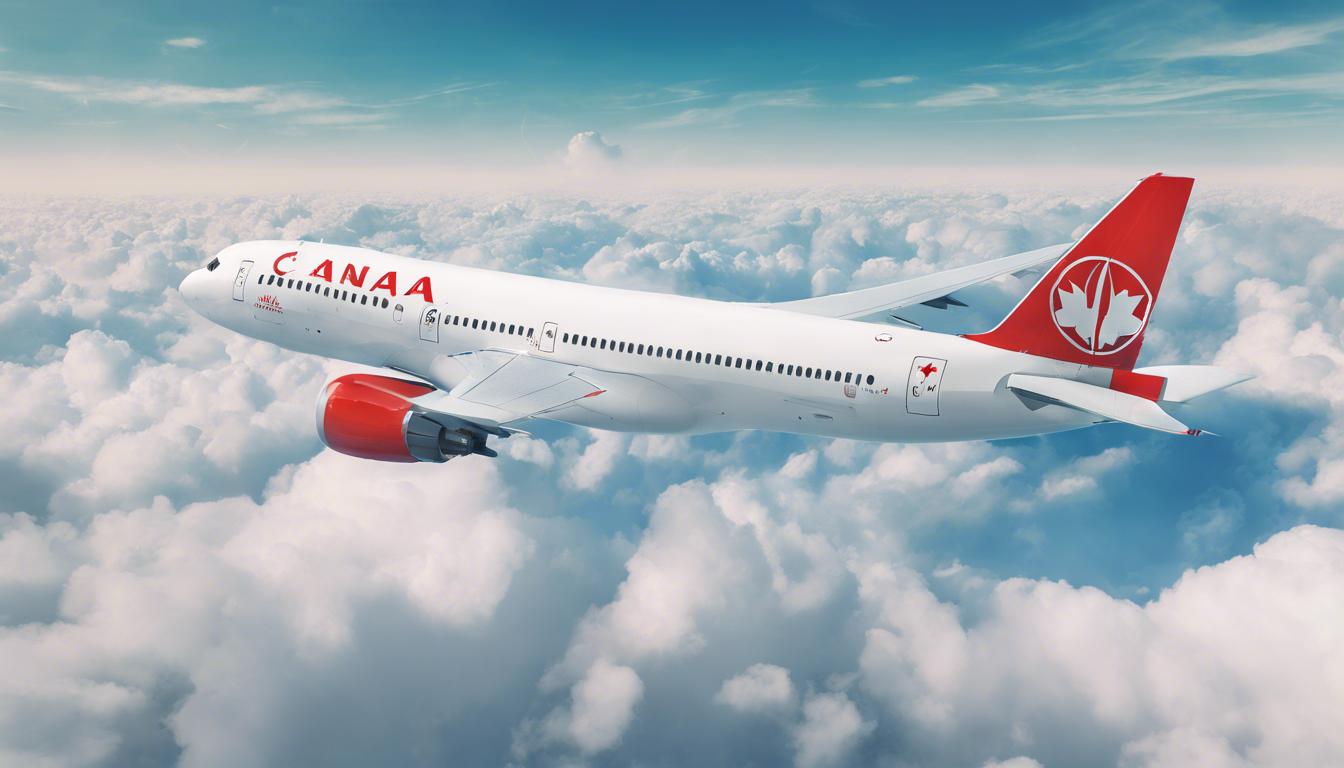In recent months, the landscape of travel between Canada and the United States has transformed dramatically, marked by a notable decline in cross-border journeys. Recent data from Statistics Canada highlights a significant drop in travel, with U.S. road trips to Canada plummeting by
10.7% in April 2025 compared to the previous year, totaling just 820,700 travelers. Conversely, Canadian travelers returning from the U.S. via land saw a staggering decrease of
35.2%, with figures dwindling to only
1.2 million. This decline is not a mere blip; rather, it represents the fourth consecutive month of year-over-year decreases in travel across this vital border.
The cause behind this steep downward trend can largely be attributed to ongoing trade tensions between the two nations, which have introduced complexities affecting both leisure and business travel. Furthermore, newly imposed entry requirements for Canadians traveling to the U.S. for extended durations have complicated the situation, leading many to reconsider their travel plans.
As both air and land travel face downturns, with U.S. visitors to Canada by flight decreasing by
5.5% and Canadians returning from the U.S. by air declining by
19.9%, airlines are being forced to react. Canadian airlines have begun suspending flights in response to plummeting demand. This article will delve into the intricate factors influencing this decline in cross-border travel, exploring the impact of trade tensions, newly enacted entry requirements, and potential long-term consequences for travelers and businesses on both sides of the border.

Key Takeaways
- Cross-border travel between Canada and the U.S. has sharply declined due to ongoing trade tensions.
- New entry requirements for Canadians visiting the U.S. may further deter travel and contribute to the downward trend.
- The significant drop in travelers impacts Canadian airlines, prompting them to suspend flights due to decreased demand.
Impact of Trade Tensions on Cross-Border Travel
The ongoing trade tensions between the United States and Canada have significantly impacted cross-border travel, creating a ripple effect that travelers cannot ignore. As trade disputes escalate, the desire to travel across borders has waned, evidenced by statistics released by Statistics Canada. In April 2025, there was a notable decline in U.S. resident road trips to Canada, with a
10.7% drop from the previous year, totaling just 820,700 travelers. Canadian residents also faced a dramatic decrease, with a staggering
35.2% fewer travel returns from the U.S., falling to
1.2 million. This decline is part of a troubling trend, marking the fourth consecutive month of year-over-year decreases in cross-border traffic. The air travel sector mirrors this struggle, with a
5.5% decrease in U.S. visitors flying into Canada and an alarming
19.9% drop in Canadians flying back from the U.S. during the same month. This downturn prompted Canadian airlines to suspend additional flights due to slumping demand, reflecting the broader economic implications of strained trade relations. Further analysis indicates nearly 900,000 fewer Canadians visited the U.S. in March 2025, signalling the first significant dip in American arrivals to Canada since March
2021. Such a reduction can be linked to heightened tariffs imposed by the U.S., prompting many Canadians to boycott American products and reevaluate their travel plans. Additionally, new entry requirements for Canadians traveling to the U.S. for longer durations may further deter cross-border engagement, highlighting the complex interplay between trade policies and travel behaviors.
Changes in Entry Requirements and Their Effects on Travelers
One crucial aspect to consider in this ongoing scenario is the increasing complexity and stringency of entry requirements, which have become a significant barrier for travelers between Canada and the U.S. As both countries react to the evolving trade dynamics, new visa and documentation protocols have emerged, aiming to regulate cross-border movement more tightly. For instance, Canadians who previously enjoyed easier access to the U.S. are now facing additional scrutiny, including longer processing times for travel authorizations and stricter regulations for longer stays. This has resulted in not only a decrease in spontaneous travel but also a shift in travel planning methodologies. Travelers must now invest more time and effort to understand the evolving landscape of entry requirements. This heightened complexity can discourage potential visitors from crossing the border altogether, contributing further to the already notable declines in cross-border travel. It highlights the intertwining of political climates and personal travel choices, compelling travelers to weigh their options carefully as they navigate these new and restrictive measures.





